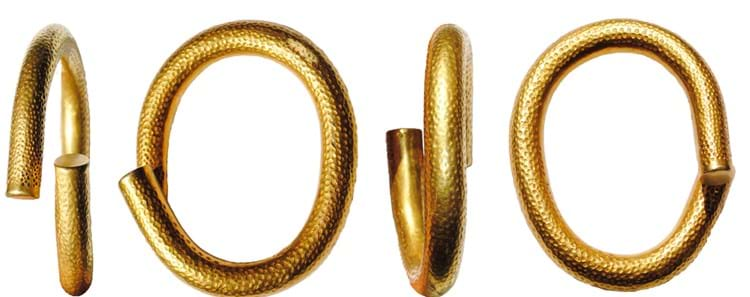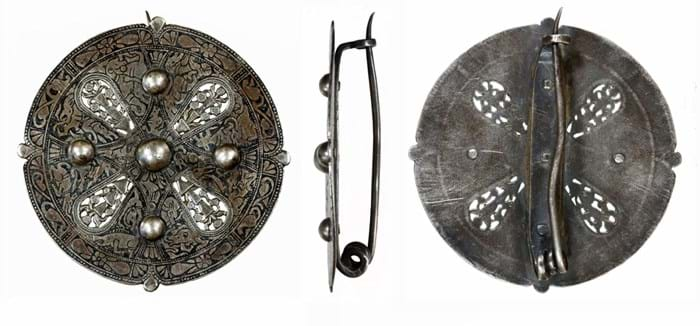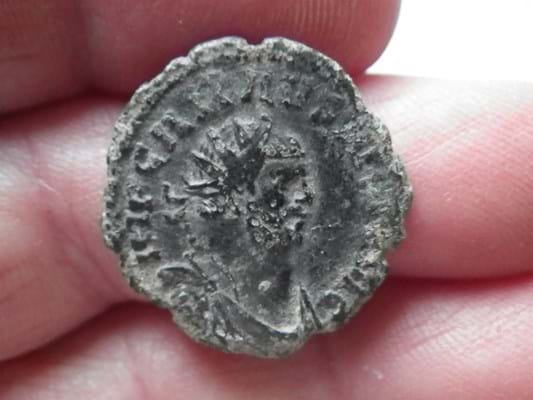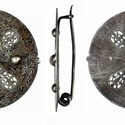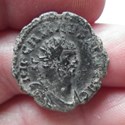The museum said its latest report revealed 1311 Treasure finds were made across England, Wales and Northern Ireland in 2019.
Treasure is generally defined as gold and silver objects that are over 300 years old, or groups of coins and prehistoric metalwork. Other important items found are recorded by the Portable Antiquities Scheme (PAS) scheme which is also run by the British Museum with the National Museum Wales.
A total of 81,602 finds were recorded with the British Museum’s Portable Antiquities Scheme (PAS) during 2019.
Unless the object is Treasure, finders have no legal obligation to report them, but do so voluntarily. Almost 90% of these archaeological items were discovered by metal detectorists.
Norfolk was the county which produced the most finds, followed by Suffolk and Hampshire. Currently there are more than 1.4 million objects recorded by the PAS on its online database finds.org.uk, which is freely accessible to the public.
Among the recent Treasure finds was a 1100-year-old medieval brooch, unearthed in Norfolk after a tipper truck delivered soil to a new location. The brooch is a rare type for this period and is intricately decorated with plants and animals in the Trewhiddle’ style dating it to the 9th century.
The topsoil came from elsewhere in Norfolk and the museum said it is possible that the brooch originates in the region of Pentney, Norfolk given the similarity with the collection of brooches that are on display in the Sutton Hoo gallery of the British Museum.
Other finds of note included a Roman Britain coin minted with an earlier coin die, making it an uncommon hybrid. The coin, known as a radiate, was found in Hampshire and struck at the mint of London as one of the final issues of the British usurper emperor Carausius. The emperor ruled between AD 286–293 and broke Britain away from Roman rule, a period known as The Carausian Revolt.
An 8th century Bronze Age gold arm ring was found in Cumbria. It is similar to those that have been found in County Donegal and Buckinghamshire but the museum is not able to determine whether it is British or Irish. It comprises 300g of pure gold and indicates the wealth and long-distance connections that were held by certain people during this Bronze age period
Hartwig Fischer, director of the British Museum, said: “It is incredibly encouraging that so many finds have been voluntarily recorded through the British Museum’s Portable Antiquities Scheme (PAS)… which is a partnership with museums, experts, Finds Liaison Officers and members of the public collaborating together to aid our understanding of the past.”


